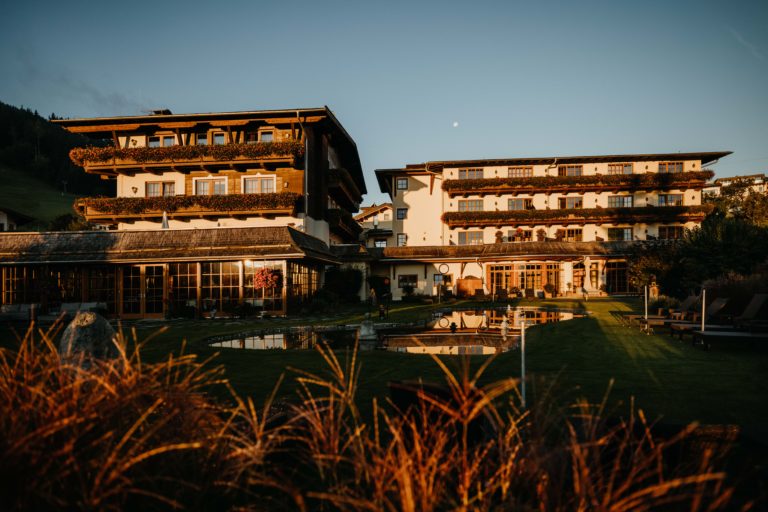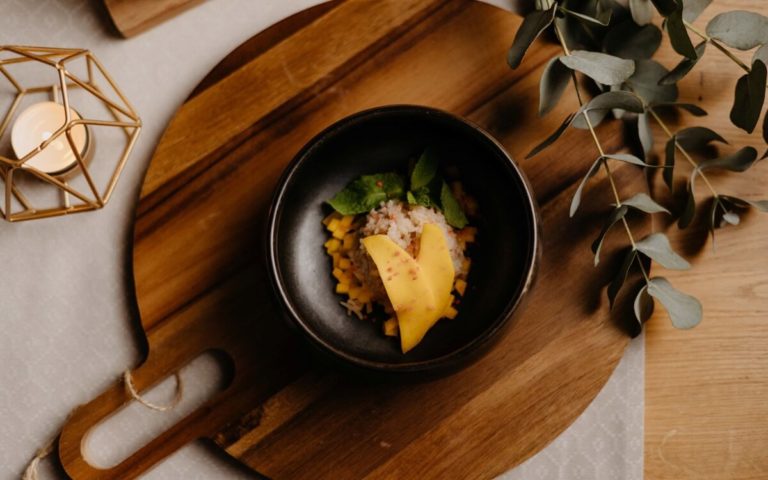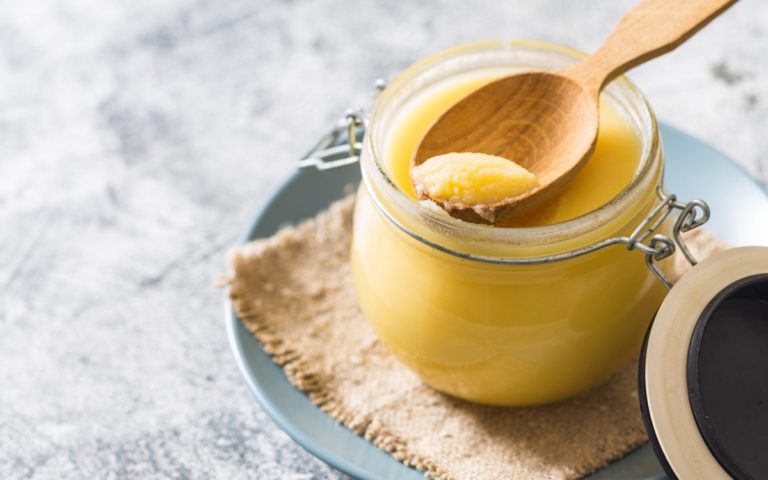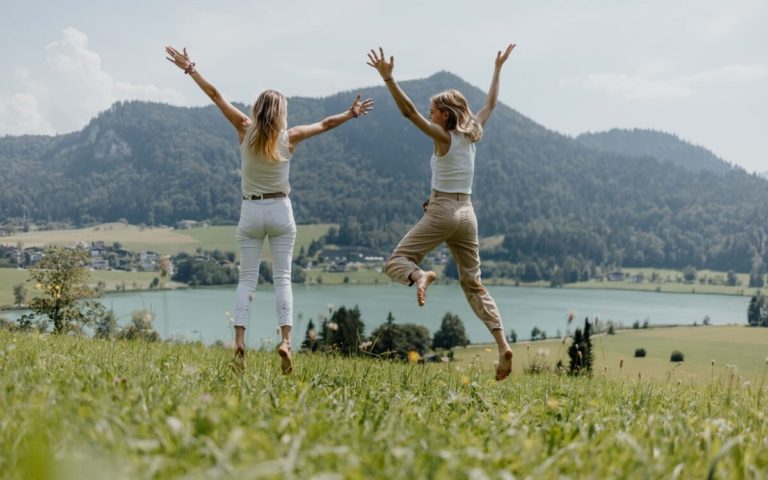Manjistha brings clarity to body and mind and helps to restore strength. Thanks to its blood-purifying properties, dyer's root is particularly beneficial for Kapha and Pitta disorders and makes stressed and diseased skin radiantly beautiful again. In this guide, you will find out what positive benefits you can derive from the root and everything you need to know about how best to use it.
Interesting facts about the Manjistha plant
Manjistha, also known as Rubia cordifolia or Indian madder, is an evergreen climbing plant that is mainly found in the hilly regions of China and Southeast Asia. There it can grow up to 1.5 meters high and develops elongated, kidney-shaped leaves.
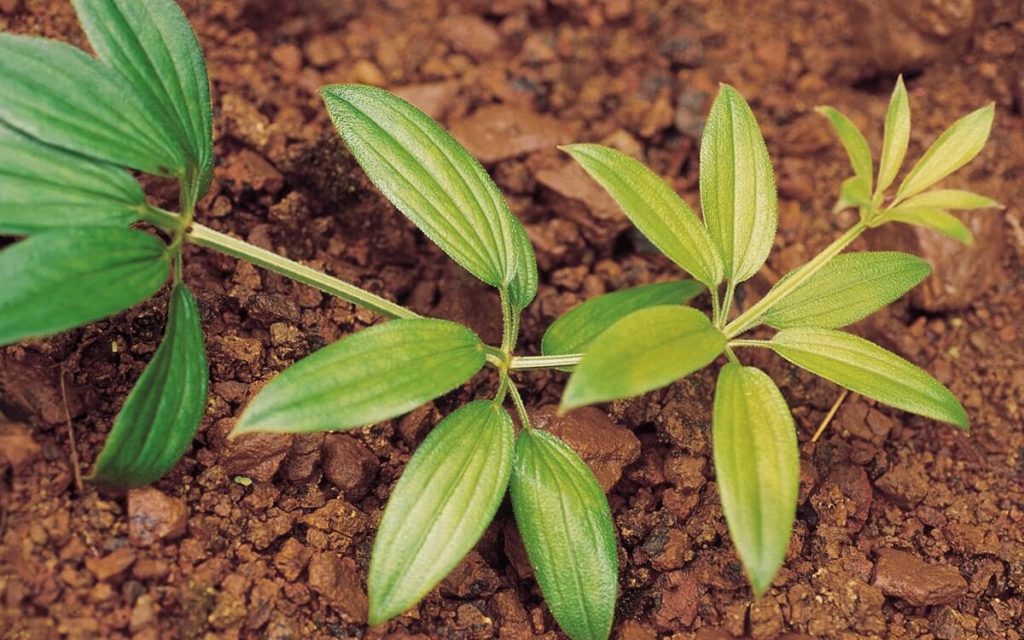

In German, the plant is known as dyer's root because a red dye was extracted from the brownish bark of the roots and used to color fabrics.
The name "Manjistha" is Sanskrit and means something like strong red. This is a small indication of the root's blood-purifying properties, which is why it is considered an important remedy in Ayurveda. The dried dyer's root is used as a powder (churna) and has many positive properties.
Manjistha Churna: Effect of the dyer's root
In India, dyer's root is known as a traditional medicinal plant, as the Manjistha plant is said to have special healing powers in Ayurveda. It can help us to regain balance by reducing excess Pitta and Kapha.
In this way, it helps to detoxify the body. It can restore clarity and purity both physically and mentally. Let's take a closer look at what it can do in detail.
Purification of the blood
Manjistha is considered one of the most powerful blood-purifying plants in Ayurveda. If toxins get into the blood, this can often cause severe physical reactions.
However, the root has a gentle detoxifying and antibacterial effect. As a natural blood purifier, it not only improves blood quality, but also facilitates circulation in the venous system. In this way, it can prevent blood clots from forming.
After birth (if not breastfeeding), the plant helps to heal the uterus and can have a calming effect on menstrual cramps. It also cleanses the liver and supports its function, thus counteracting various skin diseases or jaundice.
Lymphatic system: detoxifying the body with dyer's root
Dyer's root is particularly known for supporting the lymphatic system. It is important that this system works well because it is responsible for fighting toxins and pathogens. Even if you eat a healthy diet, you are constantly at the mercy of various environmental toxins. The lymphatic system has to work hard to get rid of these toxins.
If it becomes sluggish, we notice this primarily through Kapha disorders. We become tired, lethargic and exhausted or develop skin problems, sore throats and swollen hands and feet.
Manjistha acts as an important aid to the lymphatic system, as it supports the system's natural detoxifying and nourishing functions. It helps to break down toxins and cleanse the body. This makes you feel freer and healthier again!
Healthy skin and a radiant complexion
For skin irritations, an application of Manjistha can make the skin glow again and improve the complexion in the long term.
When Pitta is elevated, the skin becomes slightly reddened and irritated by the heat. However, with its bitter properties, Manjistha has a calming effect and dampens the Pitta dosha again.
This makes the root particularly beneficial in Ayurvedic skin care for skin conditions such as acne or psoriasis. Discoloration and spots are reduced and the skin regains its natural radiance!
Stress is reduced
Manjistha also has an uplifting effect in cases of stress, anxiety or depression.
After all, all these problems can not only be mentally stressful, but can also cause physical ailments such as headaches, tension or heart problems.
However, taking the root frees the body and mind and gently relieves muscle tension.
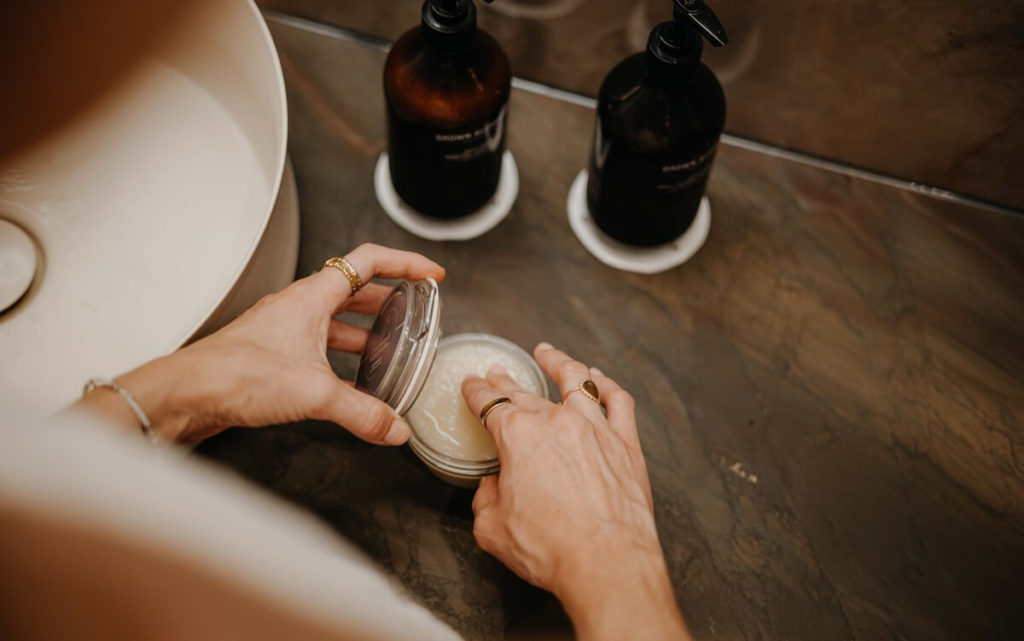

Discover the right skincare products for your dosha now
Naturally beautiful with Ayurveda! Make your skin glow with European Ayurveda® care products - tailored to your needs and your Dosha.
Does Manjistha have side effects?
In principle , it is generally considered safe to take dyer's root. Nevertheless, you should not overdo it with the amount and always stick to the prescribed dose.


However, pregnant and breastfeeding women and children should avoid it altogether. If you have serious liver or kidney disease, it is important that you consult your doctor before taking it.
Caution: Don't be alarmed, because taking Manjistha can turn your urine red!
Attention:
You should only take dietary supplements after consulting your doctor. The information provided in this article is for educational purposes only and is not a substitute for medical advice! The recommended dietary supplements should be taken at your own discretion.
Use of Manjistha: dosage and tips
This versatile root can be used both internally and externally. As a powder, it can easily be taken between meals.
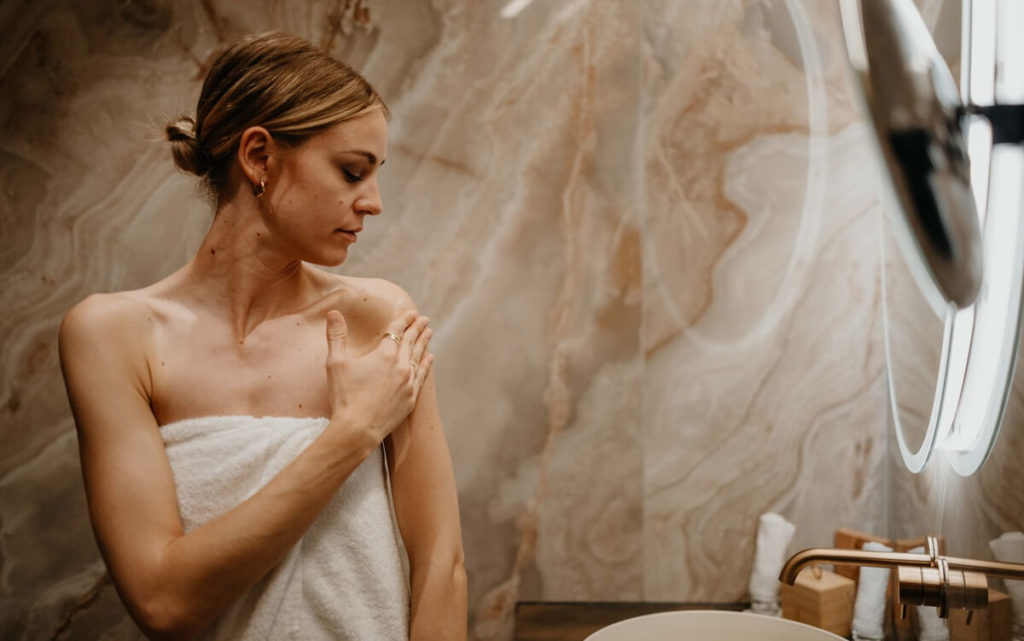

Add 1-2 teaspoons of the powder to a cup of hot water. Then drink this mixture twice a day at least 30 minutes after eating - the first dose is best taken immediately after your Ayurvedic breakfast.
Alternatively, you can also take Manjistha capsules, for example. But the health-promoting root can do so much more!
Face mask and paste for the skin
Manjistha applied externally can bring pleasant healing to skin conditions such as itching or acne. To do this, simply mix the churna with a little honey to form a paste and spread it on the skin.
Leave on for around 10-15 minutes and then rinse off with a little lukewarm water. This soothes the skin and makes it glow again!
If you want to give your skin a particularly radiant complexion, you can also try this mask.
You will need the following:
- 100 g orange peel, dried and chopped
- 50 g sandalwood
- 50 g turmeric
- 50 g Manjistha
The mask gives your face a fresh glow and also helps to remove traces of elevated Pitta. As a precaution, however, you should first try both face masks on a small strip of skin to see how your skin reacts.
Pastes for wound healing
In addition to its cleansing effect, Manjistha is also used in Ayurveda to help heal wounds.
Here are our two favorites for the application:
For burns: For burns, there is a special preparation made from Manjistha, ghee, red sandalwood and Anseveria zeylancia. When carefully applied to the affected area, it reduces pitta and can also support wound healing.
For broken bones: To support the tissue formation of a broken bone, you can stir together a paste of manjistha powder, whey and licorice and apply it. The mixture promotes healing in a natural way.
Manjistha for the hair
Do you suffer from hair loss or do you struggle with dandruff? In this case, people with sensitive and damaged scalps can benefit from dyer's root.
Simply mix a paste of water and the root churna and spread it through your hair. After about 10-20 minutes, you can rinse the mixture out with warm water, you won't need any more shampoo.
Our insider tip: This paste also works well as a preparation for hair dyeing to gently condition the scalp and hair. Depending on the texture of your hair, simply leave it on for around 60 minutes before rinsing it out. Then use a plant-based hair dye to keep your hair healthy and strong despite dyeing.
Manjistha helps you to achieve a holistic cleansing and allows you to go through everyday life clear and lively again. It frees you from harmful toxins and restores a healthy glow to your skin. Just try one of our pastes and see the healing effects for yourself!
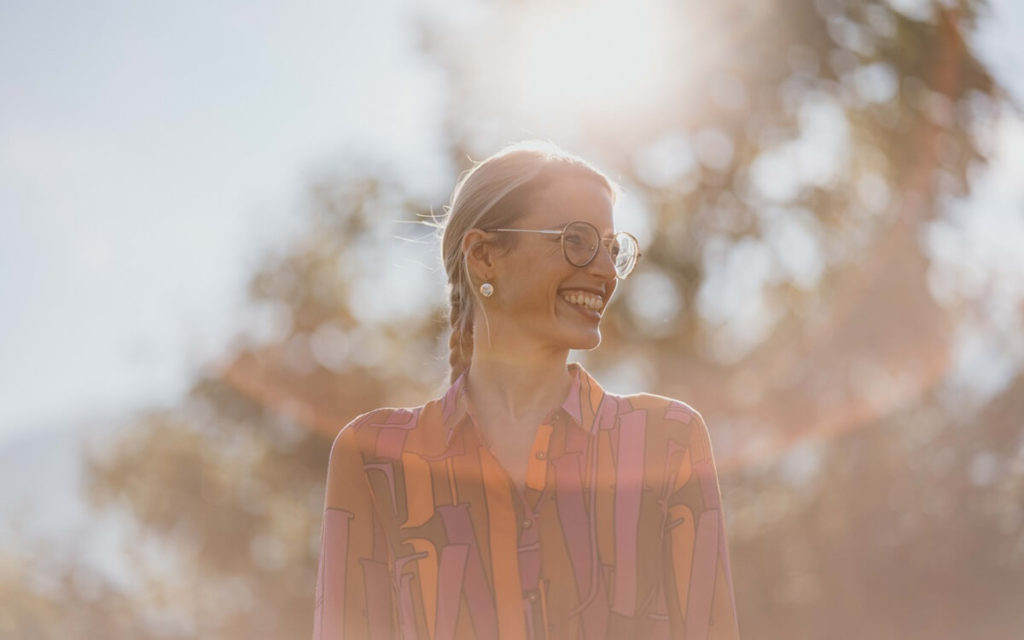

Ojas in Ayurveda: strengthen your cells and ensure healthy longevity
In Ayurveda, ojas is the life energy that influences our vitality, health and strength. It is therefore essential for healthy living and ageing. You can build up ojas through healthy routines - we show you how to do this in this article.
Cover picture: © mirzamlk - istockphoto.com (file no.: 1182815026)

